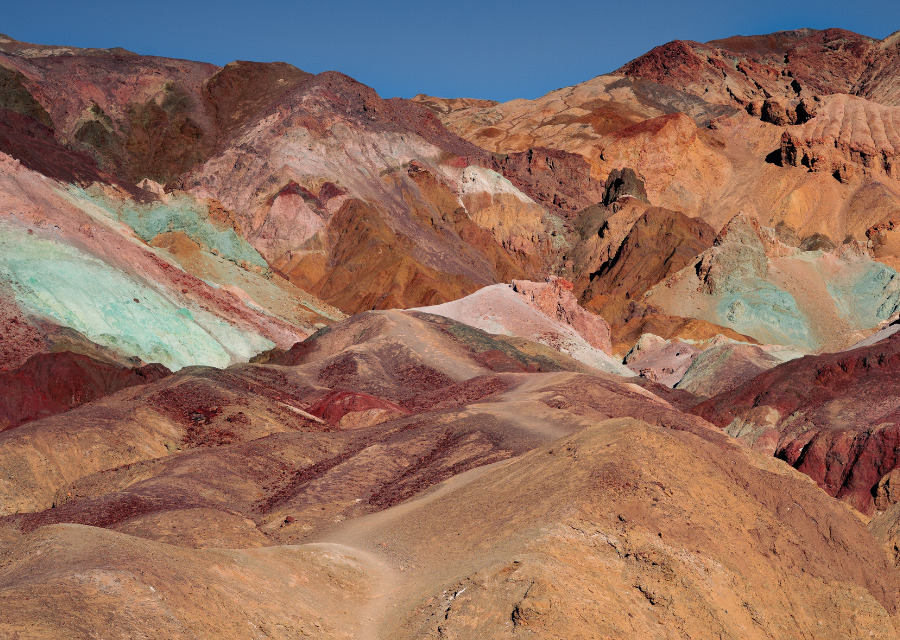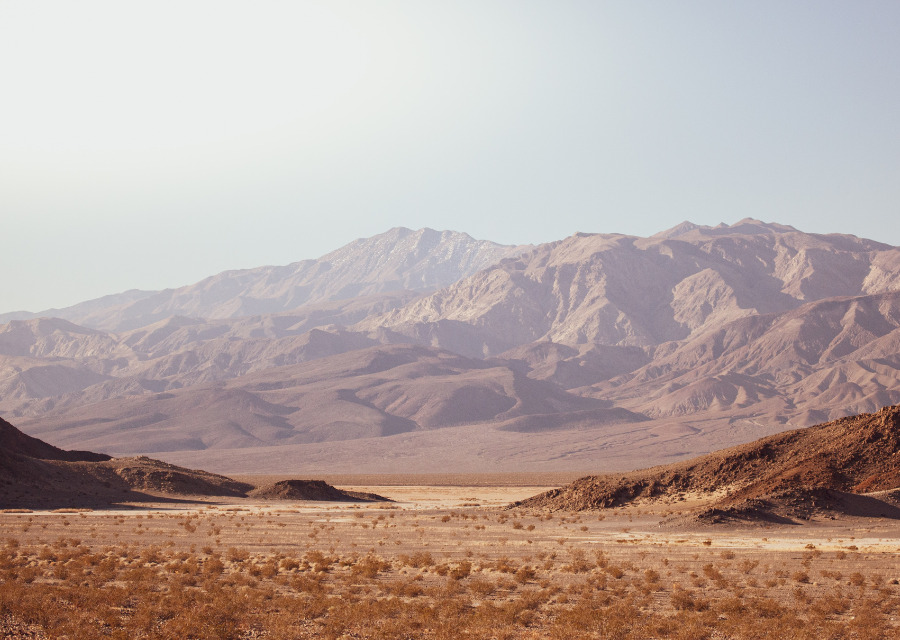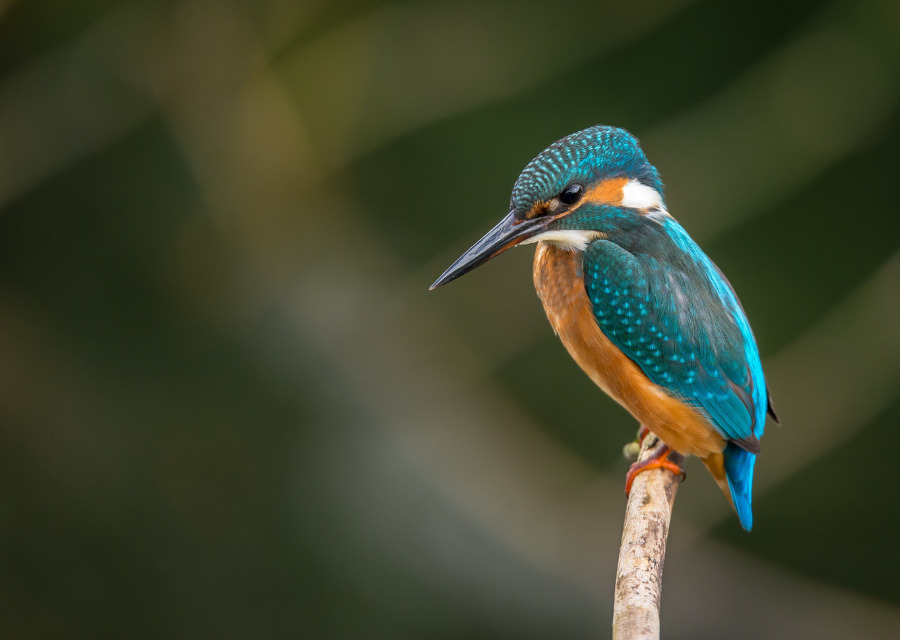Explore Death Valley National Park
In Eastern California, an extraordinary natural wonder awaits your visit: Death Valley National Park. With its desert landscapes, mountains, and breath-taking vistas, this park is a must-see destination. In this guide, we’ll cover the best times to visit, top attractions, safety tips, camping options, and wildlife encounters, helping you make the most of your journey. Let’s uncover the beauty of Death Valley National Park together.
Best Times to Visit
When planning your visit to Death Valley National Park, timing is key. The park offers distinct experiences throughout the year, so choosing the right season is essential. Here’s a brief overview:
Spring: Mild temperatures, wildflower blooms, and pleasant hiking conditions make spring a popular time to visit.
Fall: Similar to spring, fall brings comfortable temperatures and clear skies, ideal for outdoor exploration.
Winter: Cooler weather attracts fewer crowds, and it’s perfect for hiking and camping at lower elevations.
Summer: Be cautious! Extreme heat makes summer less advisable for most visitors. However, higher elevations can offer relief from scorching temperatures.
Consider the season that suits your preferences and transition to the next section where we’ll explore the park’s top attractions.
Top Attractions

Bad water Basin
At Badwater Basin, you’ll stand at the lowest point in North America, 282 feet (86 meters) below sea level. The vast salt flats stretch out before you, creating a mesmerizing, otherworldly landscape. In the summer, the heat shimmers off the salt crystals, giving the area an almost surreal quality. Don’t miss the opportunity to take a salty stroll out onto the salt flats and snap some photos.
Zabriskie Point
Zabriskie Point offers some of the most iconic views in Death Valley National Park. This viewpoint provides a stunning panorama of the beautifully eroded badlands, which glow with rich colors during sunrise and sunset. The viewpoint is easily accessible from the parking area, making it a popular spot for photographers and visitors seeking unforgettable vistas.
Mesquite Flat Sand Dunes
The Mesquite Flat Sand Dunes are a photographer’s dream and a fantastic place to experience the classic allure of desert dunes. The dunes rise and fall in graceful curves, creating an ever-changing landscape of light and shadow. Early morning or late afternoon is the perfect time to visit when the sun casts long shadows and enhances the dunes’ textures. Consider taking a short hike to explore these natural wonders up close.
Staying Safe
Now that we’ve talked about the top attractions in Death Valley National Park, let’s chat about something super important: keeping you safe while you’re exploring this amazing place.
First off, you gotta know that Death Valley can get really, really hot, especially in the summer. Like, seriously hot. And in some parts of the park, your phone might not even work because there’s no signal.
To stay safe, you absolutely need to have lots of water with you. And I mean, more than you think you’ll need, especially if you’re planning to go hiking or exploring. Also, wearing light and breezy clothes is smart to protect yourself from the sun.
Another thing, tell someone you trust about your plans. If you’re going on a hike, let a friend or family member know where you’re going and when you’ll be back. This way, if something goes wrong, they can help find you.
Lastly, don’t push yourself too hard, especially when it’s crazy hot outside. Know your limits and take it easy. With these safety tips, you’ll be all set for a fun and safe adventure in Death Valley National Park. Next up, we’ll explore the awesome guided tours and programs you can join in the park.
Guided Tours and Programs

Exploring Death Valley National Park becomes even more enriching when you participate in guided tours and programs. These experiences are fantastic opportunities to learn, engage, and make the most of your visit.
Ranger-led programs, organized by knowledgeable park rangers, are a highlight. These programs include informative talks, guided hikes, and stargazing events. Attending these activities, you gain deeper insights into the park’s geology, history, and wildlife.
Photography workshops are also popular. They offer valuable tips for capturing the park’s stunning landscapes. Joining one of these workshops, you can enhance your photography skills while creating lasting memories.
Adventure tours, like jeep or horseback excursions, let you explore off the beaten path. These tours provide a thrilling way to discover hidden gems within the park’s vast expanse. Moreover, they’re led by experienced guides who can share fascinating stories about the region.
Cultural demonstrations and festivals offer a unique perspective on the park’s history and heritage. They provide opportunities to connect with the rich Native American and mining history of Death Valley.
Keep an eye on the park’s schedule, as programs and tours vary by season. Don’t miss out on these educational and immersive experiences. In the following section, we’ll explore your options for camping within the park, which is a great way to get closer to nature.
Camping and Accommodation
Camping Choices
Now, let’s explore your camping options, and there are a few to consider. Whether you’re into developed campgrounds, backcountry adventures, or RV setups, Death Valley National Park has you covered.
Developed Campgrounds
If you prefer the convenience of developed campgrounds, you’re in luck. They come with basic amenities like restrooms, picnic tables, and fire pits.
Backcountry Camping
For a more remote experience, you can opt for backcountry camping. Keep in mind that facilities are minimal, so packing essentials is a must.
RV Convenience
Traveling in an RV? Furnace Creek Campground has full-hookup sites for you. But, make sure you plan ahead, as these spots tend to fill up fast.
Accommodation Nearby
If camping isn’t your cup of tea, no worries, nearby towns like Furnace Creek, Beatty, and Pahrump offer various accommodation options. You’ll find hotels, motels, and lodges with different amenities to suit your needs.
With these camping and lodging choices, you can tailor your stay in Death Valley National Park to match your preferences. In the next section, we’ll delve into the park’s wildlife and cultural insights, adding depth to your adventure.
Wildlife and Cultural Insights

When visiting Death Valley National Park, you’ll have the chance to encounter a diverse array of wildlife. Keep an eye out for bighorn sheep, coyotes, and various reptiles as you explore the park’s diverse landscapes.
Beyond the natural wonders, the park holds a rich cultural and historical heritage. You can learn about the Native American history that spans centuries and the intriguing mining history that has left its mark on Death Valley.
Conclusion
To wrap it up, Death Valley National Park is a remarkable destination for all kinds of adventurers. From its breathtaking attractions and essential safety tips to the various camping options and intriguing history, this park has it all.
Now that you’re armed with knowledge, it’s time to plan your trip. Be sure to check the weather, pack appropriately, and make reservations if necessary to ensure a memorable visit.
Whether you’re gazing across the vastness of Badwater Basin, capturing the colors of Zabriskie Point, or camping beneath the desert stars, Death Valley National Park promises an unforgettable experience for every traveler. So, go ahead and embark on your journey to explore the wonders it has to offer.

